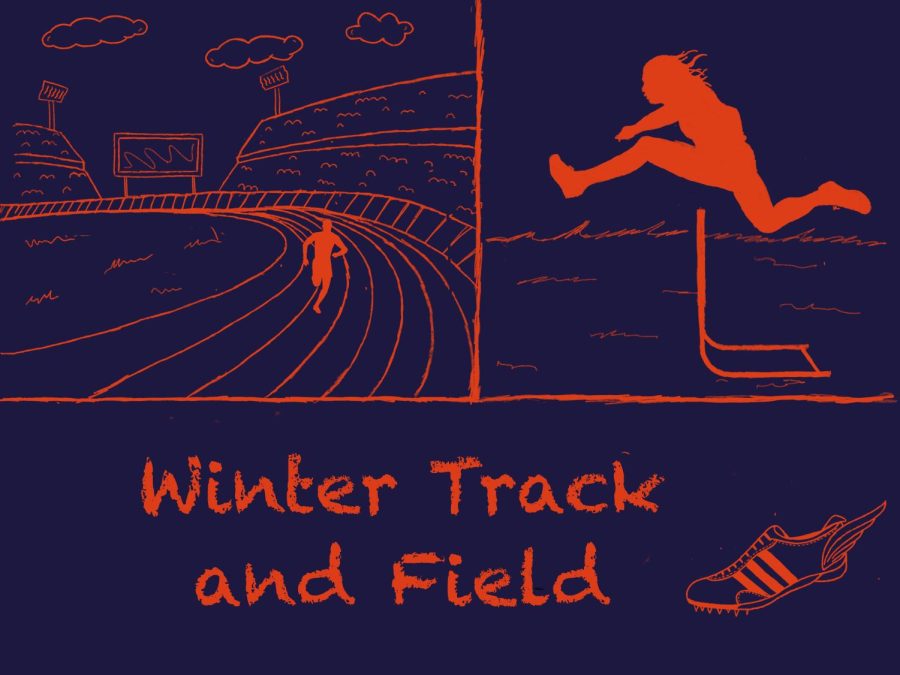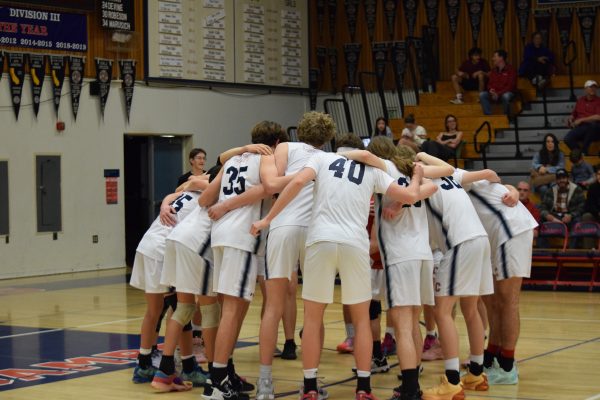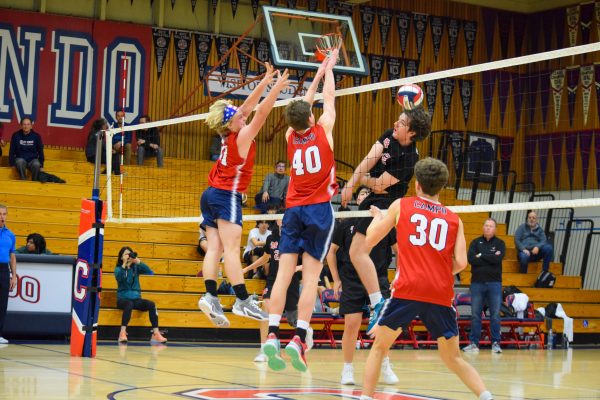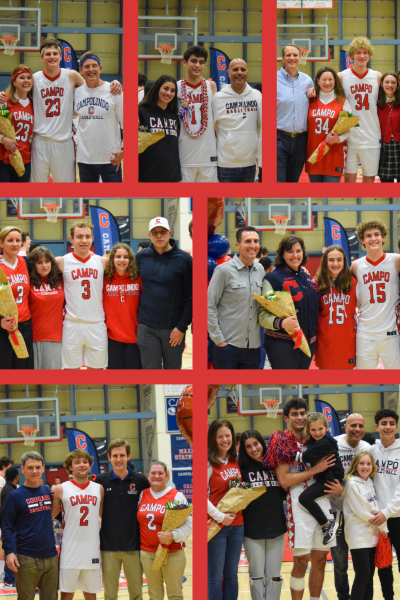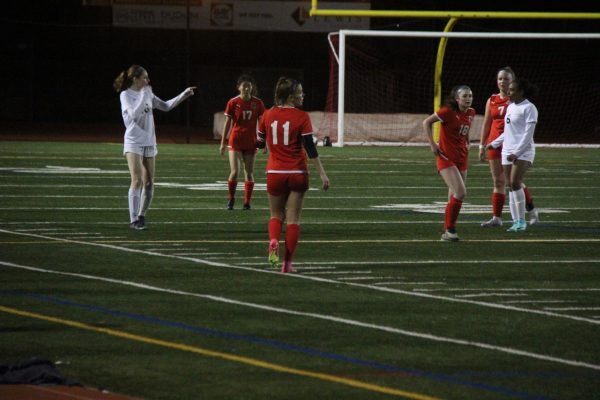Winter Training For Track and Field Has Begun
`
Winter Track and Field training has begun in preparation for the spring season.
After a ground-breaking Cross Country season, including the girls winning state and reaching 13th place at NXN in Portland, Oregon (Nike Cross Country Nationals), the Campo Cougars are ready to dominate during the upcoming Track and Field season. In order to get back in shape and improve their physical fitness, running athletes are involved in the distance winter training at school from December 5th to January 4th.
They meet at the track everyday after school and at various trails every Saturday at 9am. Everyone in attendance follows a detailed calendar curated by Track and Field and Cross Country Coach Chuck Woolridge. “A typical practice is a little less than two and half hours,” said senior Casey Dow.
Winter training is not a requirement for participating in track and field. While it is highly encouraged, not all Cross Country runners attend. Some run on their own and others choose to run less frequently or completely take a break until Track begins. “It’s nice not necessarily sticking to a strict schedule and being a little more free and thinking a little slower to step back and be more relaxed,” said junior Kate Kabenina about her view of these practices. Senior Toby Barton said, “It helps me build endurance during the break after Cross Country.”
The intended layout for practices includes warm up exercises, a workout, long run, recovery run, or a unique activity called “fartleks” then a form of cool down. A workout takes place on the track and involves running at different paces for various time intervals.
At the beginning of the training, long runs range from 40 to 50 minutes, usually taking place on a hilly trail. However, towards the end the runs are 80 to over 90 minutes based on physical fitness and previous training rigor. More experienced varsity athletes tend to opt for more minutes.
A recovery run is designed to increase heart rate, while giving athletes a chance to give their bodies a break from more trying workouts in the course of 30 to 45 minutes. “They’re not really endurance based, like long runs, and they’re not really speed training, like workouts. They just keep you going and [help] your legs get stronger without putting a lot of pressure on them,” said Kabenina.
A “fartlek” is a type of workout. The word derives from the Swedish language meaning “speed play”. It is interpreted by Campo distance runners as a group run with surge segments that are assigned at random. Everyone keeps their segments, when they execute them and what they are, a secret. This is done to provide an environment to help athletes increase their awareness of changes in paces of competitors during races. Dow said fartleks “are really fun because you don’t know what’s going to happen” in terms of different paces people will run.
Training sessions are directed by upperclassmen; including Kabenina, Dow, Barton, and senior Alessandro Paolieri. They refer to the training calendar to announce and demonstrate exercises and running paces.
Many runners value winter training sessions because they enjoy the more relaxed environment. “It’s really chill and it’s a good time to get out and run without the pressure of the actual season,” Dow shared. Senior Alessandro Paolieri added, “I enjoy hanging out with the team community that we have here, that’s really what brings me out every day and bonding with teammates.”
A vital component of the Cougars ongoing success in running sports is due to this community of friends. Students are more likely to maintain their fitness during winter training because they “enjoy the chance to be running in a close group of friends,” said Kabenina.
Additionally, it provides them with the opportunity to get in shape before track and field, practice important life skills, and work on personal motivation. The upperclassmen are given many opportunities for leadership because “they are the ones leading practice and new people are [coming] so [they] get to teach them,” said Dow. Barton added that they also get the chance to “contribute to the team.”
Your donation will support the student journalists of Campolindo High School's The Claw. Your contribution will allow us to produce more issues and cover our annual website hosting costs.

"You're not even a real journalism." Rachel Jin is a junior and the lifestyle editor for La Puma. This is Rachel's second year taking the class. In her...

(she/her)
Freshman Venus Senanayake has lived in Moraga for 5 years. Prior to moving here when she was 9, she lived in Fremont, Concord, and Walnut...
